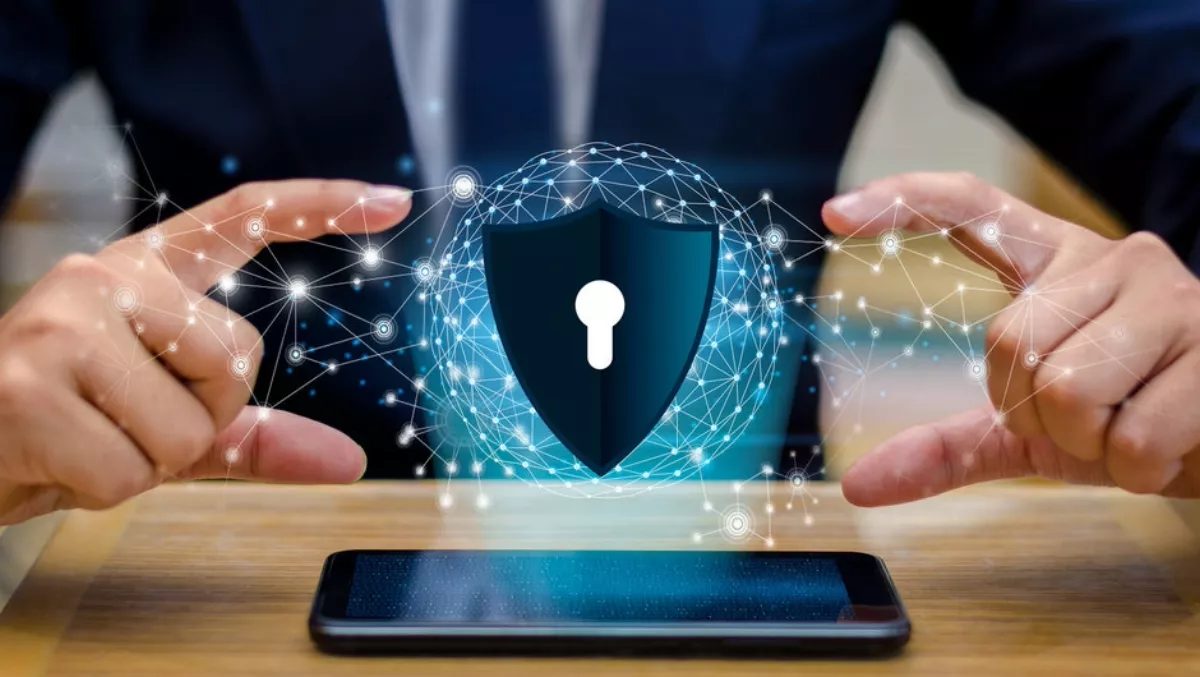
Security used to be much simpler: employees would log in to their PC at the beginning of the working day and log off at the end. That PC wasn't going anywhere, as it was way too heavy to lug around. And no one would work from home—even if an employee had a dial-up connection, they were too busy updating their Geocities page and watching the Hampster Dance to use it for work. All that was required for good security was to make sure the PC being used for work wasn't vulnerable.
Now things are far more complicated. People regularly log in to their work accounts outside of the office, and often do so using unsecured public Wi-Fi networks such as those in coffee shops and libraries. They also use insecure personal devices over which organisations have no real oversight, which could be riddled with spyware or worse.
The idea of a secure perimeter was once essential to security, but is now pointless. What good is a perimeter when those who need to be secure are so often outside of it?
Trust no one
If an organisation gets rid of the perimeter model of security, something needs to replace it. Instead of trusting those within a perimeter and treating those outside with suspicion, both those inside and outside should be treated equally. By which I mean: trust no one.
Security teams are used to thinking in terms of endpoints. Is every device that is connected to the network patched and does it have the correct security software installed? Is there unusual activity taking place on the network? This is still important, but the sheer number of people who now access a network remotely means that endpoint security can no longer be relied on as a way to protect it. Unless an organisation is willing to pay for antivirus for its employees' laptops, update every device they own to the latest software version, and make sure that every network they use is secure, then it isn't truly doing endpoint security. More is needed.
Zero trust means assuming untrusted actors exist both inside and outside the network; therefore, every single user-access request has to be authorised, whether the person is working from home, a coffee shop, or is on-site. Everyone accessing the network needs to authenticate themselves and prove who they are before they can access anything.
This seems draconian—surely employees won't be happy with this low level of trust and the extra security measures required to do basic tasks? To avoid this problem, enterprise security should take a leaf out of banking, a sector with the most to lose from bad security or a bad experience for customers navigating security measures.
Learning from financial services
Getting the user experience right is vital for financial services; otherwise, customers will just go elsewhere. Enterprise technology doesn't have the same problem, but it's not immune. If people
really dislike security protocols, they will subvert them—the use of thumb drives, sharing via email, and locally saved files can all mean that an organisation is creating security risks rather than solving them.
The best way around this is to create security that scales with risk. When implemented correctly, zero-trust networks can improve security while also increasing productivity. Key to true zero-trust environments are adaptive controls that are contextually aware. Without context, we always need to put the strongest possible security in place, but with context, we can adapt the level of security based on risk.
There is clearly a bigger risk involved when a customer wants to transfer $10,000 out of their account versus simply checking their balance. Similarly, there is more of a risk if someone is accessing confidential HR records than if they download stock photography owned by an organisation. One should create more friction than the other.
Also, what can be ascertained about the person accessing the material? There should only be a prompt for additional credentials when a user comes from an unknown machine. By getting to know their users' behaviour, security systems should know if things are normal, and allow for minimal authentication—if things have changed or the risk is greater, additional checks should be added.
For this to occur, the zero-trust environment requires an understanding of how much trust it has in the authentication of the user and the level of trust required by the application. If these two attributes are known, then a zero-trust system can be more secure while putting less pain in front of the user.
User-friendliness is not just for consumers
Getting security right needs to be about more than just keeping the bad guys out—it also needs to be about getting users to follow security procedures on-site. We already know that demanding users change their passwords on a regular basis just leads to passwords on Post-it notes—a clear example of an attempt at better security leading to vulnerabilities. Similarly, the changes necessary to deal with the end of perimeter security must be user-friendly. Securing people rather than endpoints means accounting for a new and unpredictable vulnerability—people themselves.